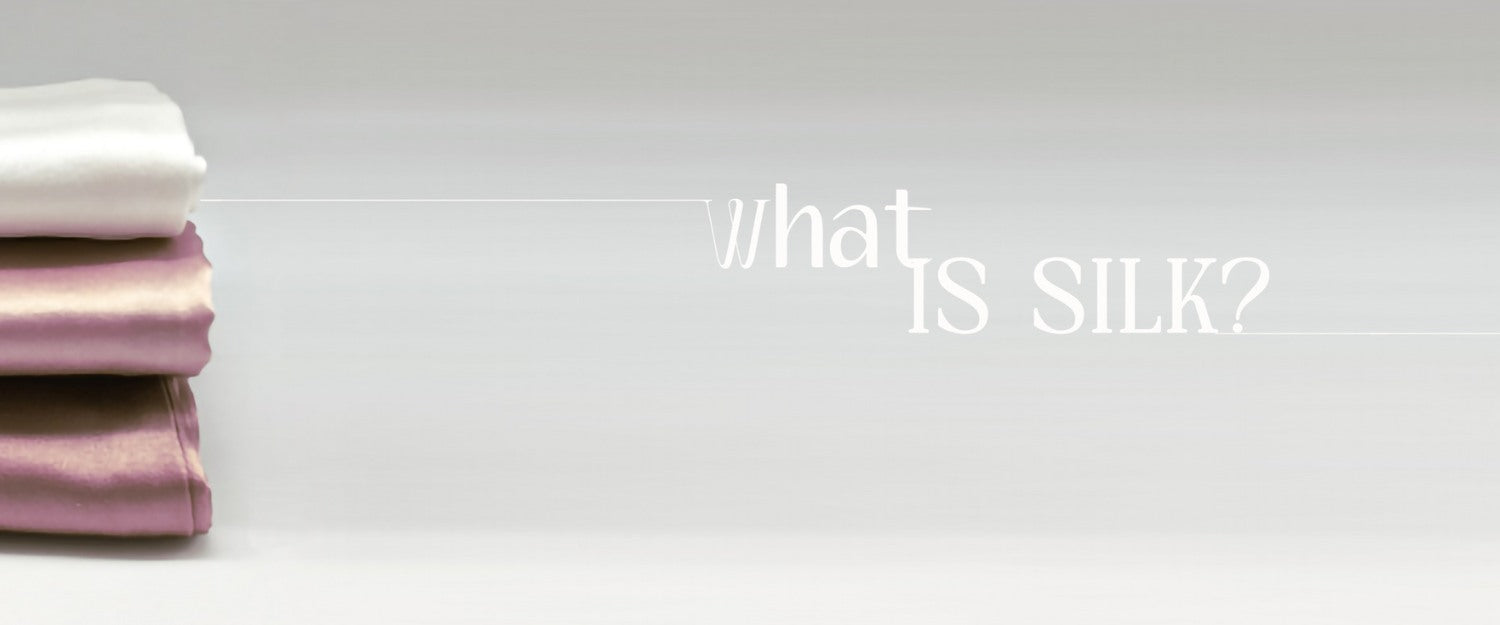

Did you know that Silk production is naturally sustainable?
Silk is a durable, biodegradable, and completely natural fabric. While other fabric production methods rely on fossil fuels, which are limited and difficult to refill, the manufacture of silk by silkworms is infinitely repeatable, making it a renewable source.
Since silk is a natural fibre, it won't harm the environment and will easily biodegrade in the soil after being disposed of.
Most of the time, harmful dyes are used to dye silk clothes, and certain chemicals are also used to polish silk, which may be harmful to your health. Since we only use non-toxic dyes for our dying and printing at adamLeaves.com, our silk is ideal for even the most sensitive skin types.
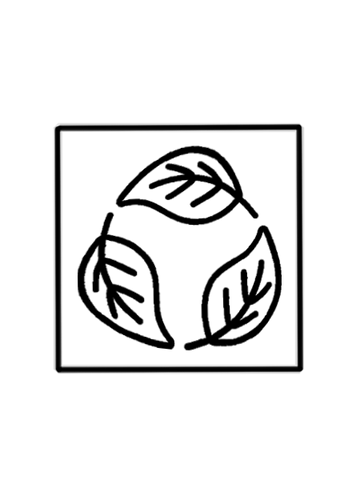
Ecologically sustainable
Mulberry trees are mostly grown with rainwater and are not treated with chemical or pesticides and fertilizers. Efficient production procedures collect and handle wastewater. Mulberry trees produce both fruits and leaves. Airborne carbon is sequestered by mulberry plants. The silkworms that make the silk consume the leaves. Cattle are given leftover mulberry tree stems and any excess waste is turned into fertilizer. Lower-quality silk is used to fill duvets after production is graded. Highly prized protein sericin is extracted from wastewater and added to food, medicine, and cosmetics. The cycle so goes on endlessly. Silk is a considerably better textile than alternatives like cotton, rayon, polyester, etc. when the entire cycle is taken into account, including manufacture, chemicals, extraction, processing, etc.
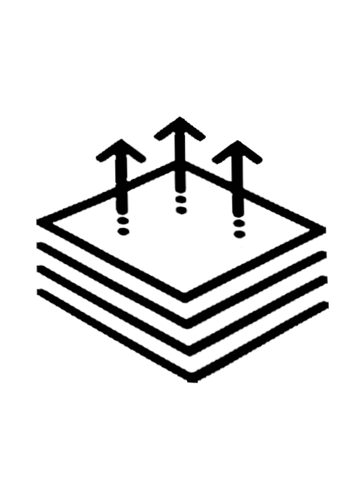
Comfort and Breathability
Mulberry silk is hypoallergenic and it is also odourless, so it doesn't need to be "aired out." This fabric is strong and breathable, which is a significant advantage over other man-made fabrics.
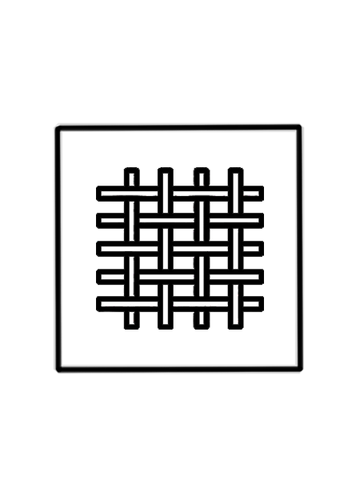
Durability and Longevity
As long as it is handled with care and respect, silk can be a reliable and extremely durable fabric. Additionally, it is a naturally generated fiber that, after reaching the end of its useful life, easily biodegrades. Then, instead of disposing of it at the landfill like petroleum-based fabrics, you might use it to make compost or mulch.
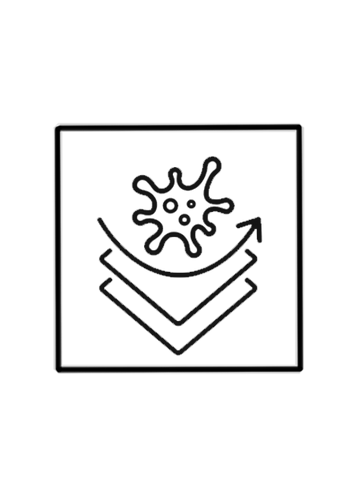
Silk is good for health?
Customers who care about the environment will inevitably select eco-friendly goods. Adam leaves guarantees that they are not wearing clothes containing toxic dyes or sleeping in toxic environments. Products made from silk are known for their great eco-friendliness, which ensures excellent value for customers.
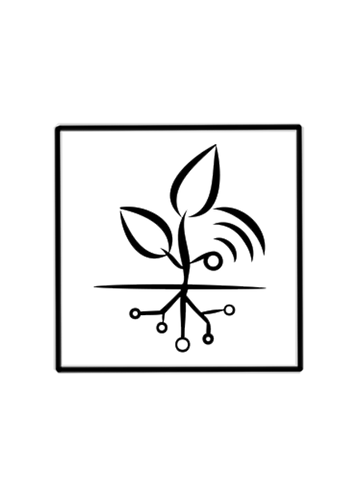
Biodegradability
Unlike synthetic materials, linen decomposes naturally and does not stay in landfills for a long time. This quality is consistent with the ideas of a circular economy, in which resources are recycled back into the environment without creating harm.

Supports circular and renewable economy
Customers who choose long-lasting linen products are in accordance with sustainability ideals as they actively support the growth of a circular economy and the decrease of textile waste.

Minimal Water Needed
One important component of linen fabric's sustainability is its water efficiency. Due to its low water needs, flax is a wise choice in areas where water is scarce, particularly when compared to crops that require a lot of water, like cotton.

No toxic fertilizers, herbicides, and pesticides
Flax uses a lot less pesticide compared to other crops like cotton. This reduces the harm that chemical runoff does to ecosystems. This component of linen production encourages biodiversity and a healthier environment.

Easy to wash and maintain
More than any other natural material, linen is the best at retaining its quality when washed; the more frequently it is washed, the softer and lovelier it gets.

Cutting Down on Landfill Waste
Because linen naturally biodegrades, it doesn't add to long-term waste problems and eases the pressure on landfills. Selecting linen fabrics promotes sustainable waste management practices and responsible consumption by lessening the burden on landfills.
